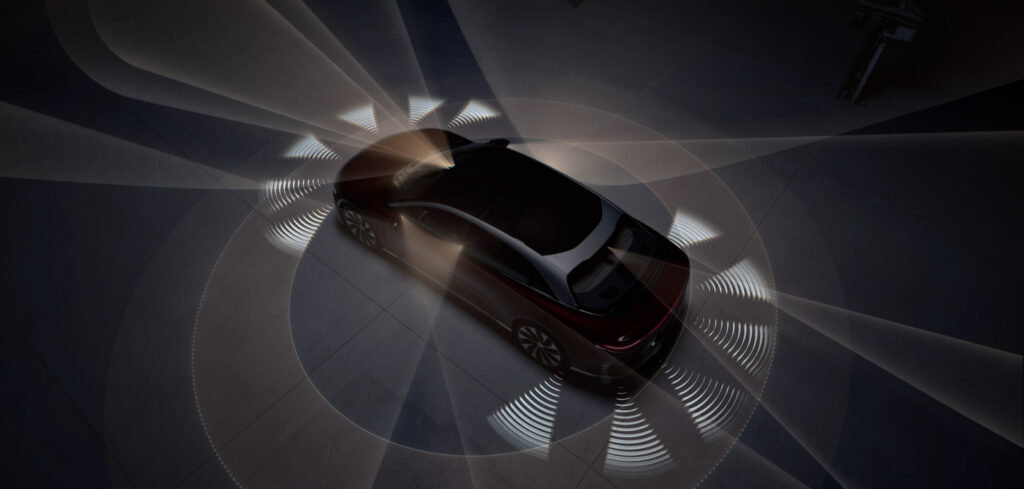EV manufacturer Lucid has released details of its DreamDrive ADAS, which it says employs up to 32 onboard sensors, a multi-faceted driver-monitoring system, and fast onboard ethernet networking powering more than 30 features accessible through a clear, user-friendly interface. It notes that DreamDrive Pro – which is standard in Lucid Air Dream Edition and Lucid Air Grand Touring and is optional in other Lucid Air models – includes additional computing and sensor hardware in preparation for new features to be delivered via seamless over-the-air (OTA) software updates.
“DreamDrive Pro has been designed to grow in capability, thanks to our ability to deliver software over-the-air and key equipment already in place in the vehicle,” said Eugene Lee, senior director, ADAS and autonomous driving, Lucid Motors. “Thanks to highly integrated hardware and software teams, Lucid has the ability to develop new functionality for DreamDrive Pro in-house. This can benefit every facet of the DreamDrive Pro experience, from the frequency of updates to the planned rollout of the Highway Pilot system for conditional automated driving on select roadways in the coming years.”
The sensor suite utilizes 14 visible-light cameras, five radar units, four surround view cameras, ultrasonic sensors throughout the vehicle exterior, and, for DreamDrive Pro, the first automotive installation of lidar in North America.
To ensure that the Highway Assist element of the ADAS, which combines adaptive cruise control and lane assist, is only used when the driver remains attentive, Lucid uses a driver-monitoring system. This includes an infrared driver camera to track head position, eye gaze and blinking, while hands-off detection prompts the driver to return their hands to the steering wheel immediately. Should the driver fail to respond, indicating that the driver may be incapacitated, the system will even slow the vehicle to a complete stop, activate the emergency brake, turn on hazard lights, emit a high-pitched beep, and unlock the doors so that emergency responders can access the occupants.
The backbone of all onboard systems is Lucid’s proprietary Ethernet Ring. This high-speed data network enables four computer gateways – one at each corner of the car – to communicate with each other at gigabit speeds, which is said to result not only in high performance but an especially high degree of redundancy for key systems such as steering, braking, sensors, power, and more. Further redundancy comes by way of the company’s dual-rail power architecture, which adds an additional layer of assurance in ensuring power delivery to vehicle systems.


